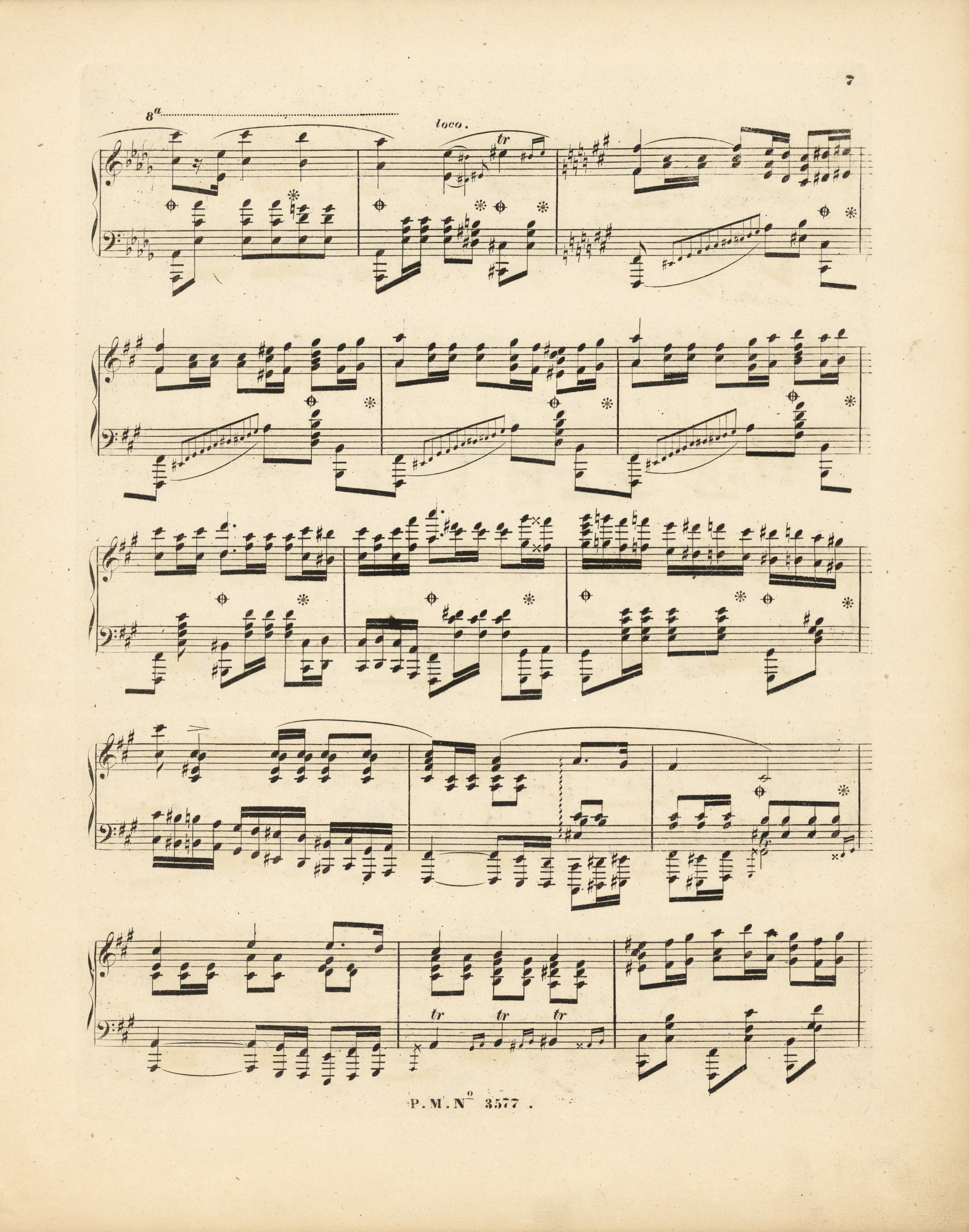



As is the case with the remaining similar bars, in FE (→EE) it is only the top note of the 1st R.H. octave that is separated as a crotchet. It is almost certainly an inaccuracy; in the main text we give the notation of GE. The suggestion of an additional, alternative version of this place results from the failure to provide a justification for the differentiation between the rhythmic values of the bottom and top (tied) notes of that octave. According to us, it may be a remaining element of the corrections performed in [A] or in a still earlier draft autograph – Chopin could have e.g. started from an analogous version to b. 35, in which f 1 is repeated on the 2nd beat of the bar, and could have left that notation (for a reason), although he abandoned that repetition in this place. The fact that the sound issues are not involved in this case is evidenced by the text in b. 62, in which the 1st half of the bar is identical (except this detail). The difference in sound is actually minimal, which could have prevented Chopin from possible changes in the later stages of preparing the Polonaise for print.
1 is repeated on the 2nd beat of the bar, and could have left that notation (for a reason), although he abandoned that repetition in this place. The fact that the sound issues are not involved in this case is evidenced by the text in b. 62, in which the 1st half of the bar is identical (except this detail). The difference in sound is actually minimal, which could have prevented Chopin from possible changes in the later stages of preparing the Polonaise for print.
Compare the passage in the sources »
category imprint: Interpretations within context; Differences between sources; Editorial revisions
issues: Inaccuracies in FE
notation: Rhythm


